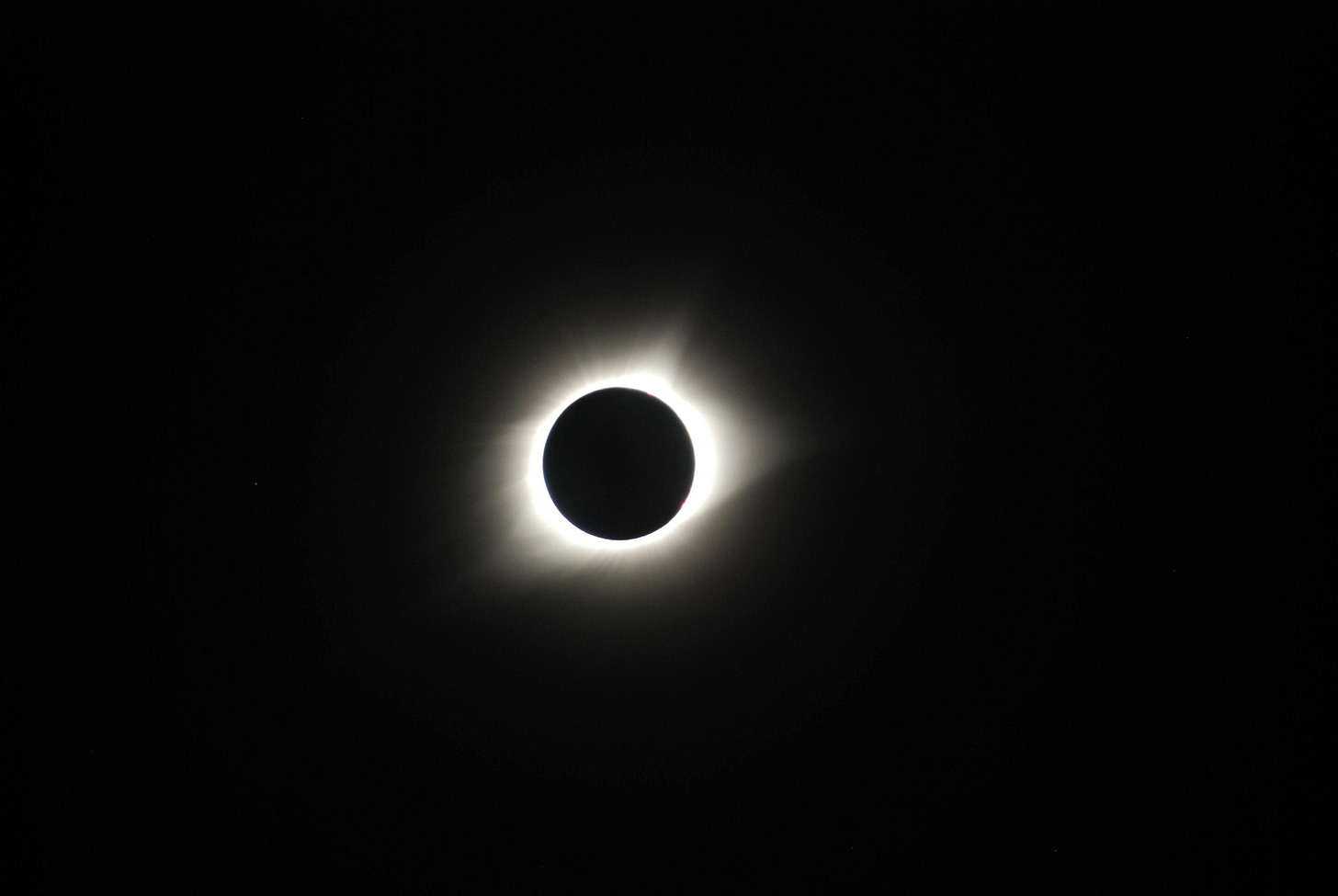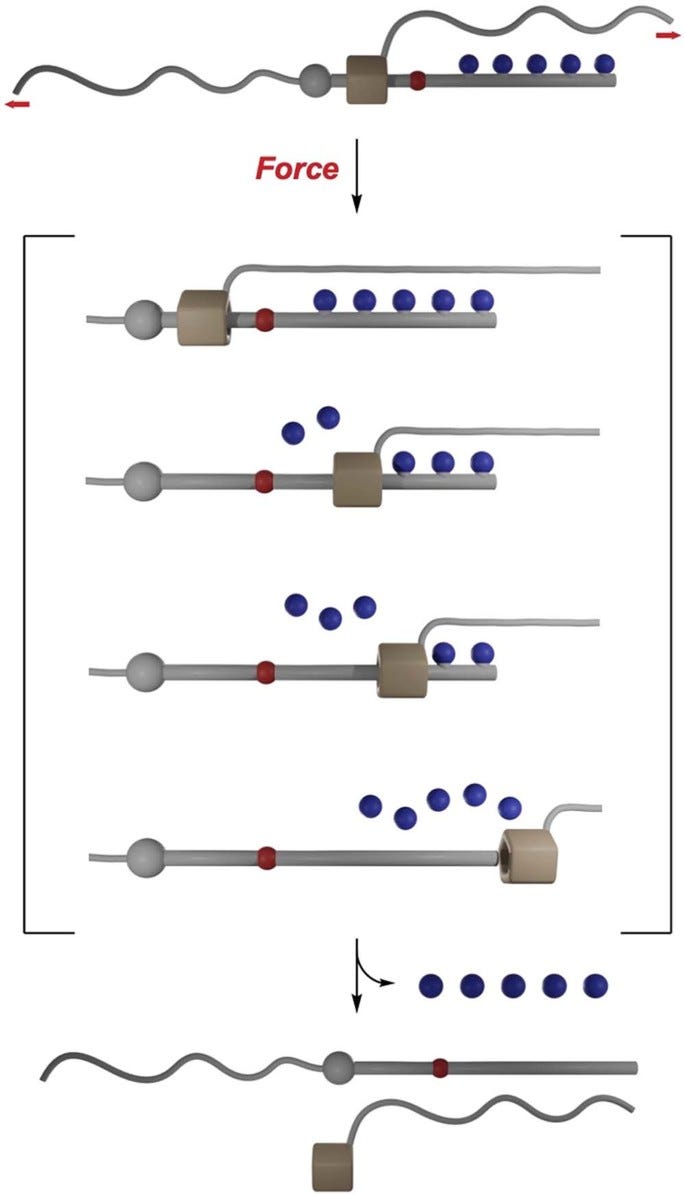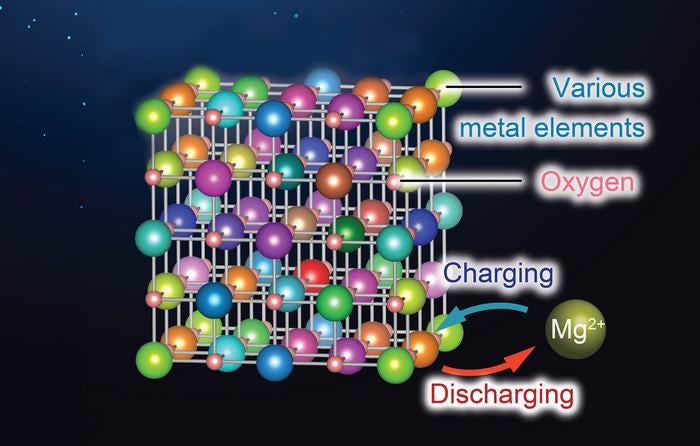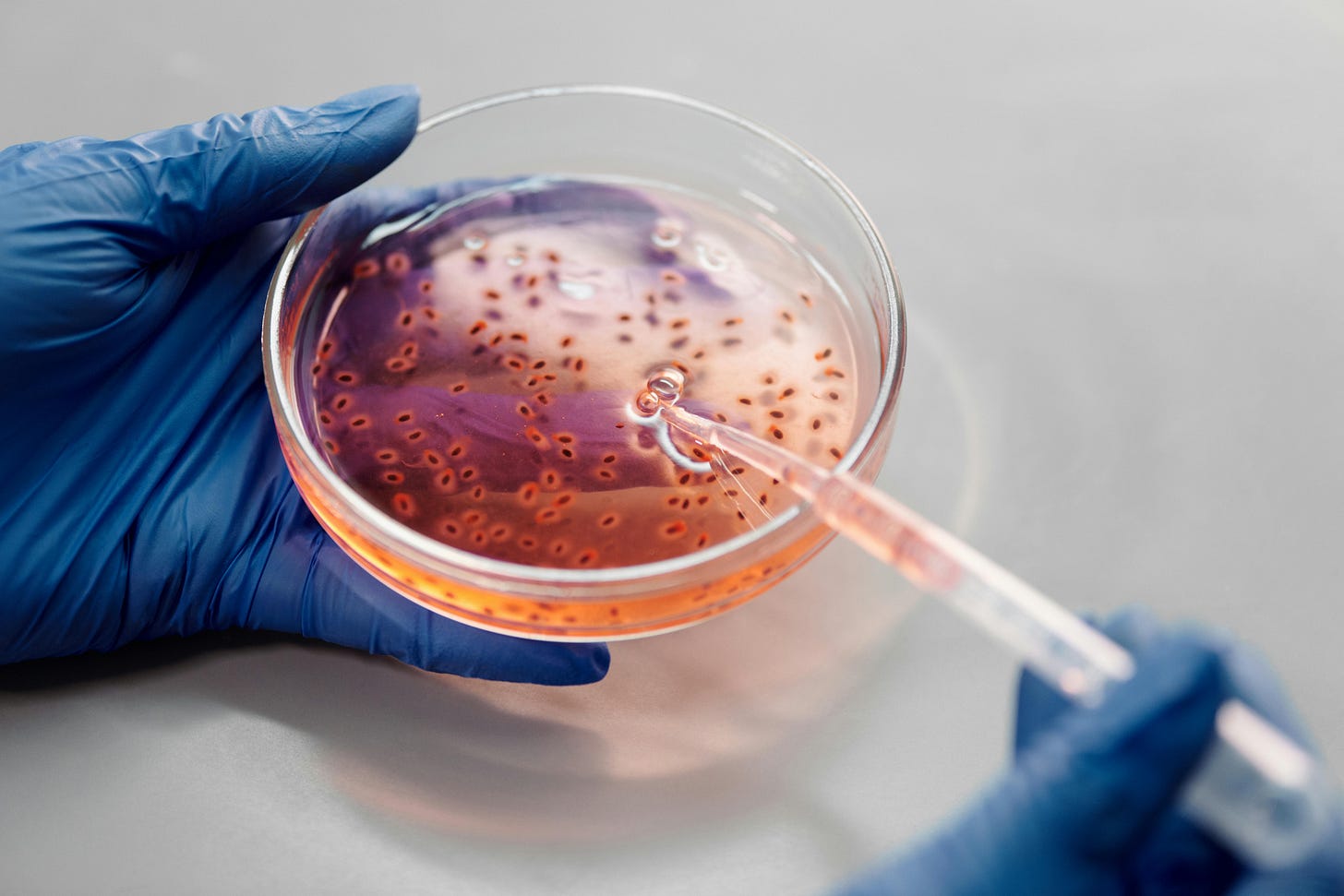1-Solar Eclipse
The 2024 total solar eclipse took place on April 8th, this eclipse was a stunning sight across a large portion of North America, stretching from Mexico to Canada and passing through the adjacent U.S. This event, which is known as "The Great North American Eclipse", was a remarkable celestial occurrence.
Solar eclipses occur when the moon is between the earth and the sun, this results in a shadow that falls on the earth. This phenomenon is specific to the new moon phase, during which the side of the Moon that is illuminated is away from us.
In-depth reading:
2-Cutting-Edge Molecular Device: Advancing Targeted Drug Delivery and Self-Healing Materials
Using a molecule called rotaxane, scientists have developed a new method for drug and other molecule release in reaction to physical forces. This method may be useful for drug delivery or for self-healed materials. Traditional methods involve stretching molecules, which break apart when tension is applied, releasing the cargo
These methods are restricted in the number and types of molecules that can be released. Rotaxane is a molecule that acts like a motor, where force causes several cargo molecules to be released. Rotaxane is highly efficient, releasing as many as five molecules at once, and works with a wide range of cargo molecules, paving the way for further development in drug delivery and materials science.
In-depth reading:
Force-controlled release of small molecules with a rotaxane actuator
3-Rechargeable Magnesium Batteries: A New Hope for Rocksalt Oxides
Rocksalt oxide materials have posed a crucial stumbling block for scientists in the field of rechargeable magnesium batteries. Although these oxides have considerable energy value, they perform poorly due to the high density of their compact structure that hampers the movement of magnesium ions during charging and discharging processes. This impediment unfortunately makes capacity and life expectancy go down significantly for battery production
The innovative breakthrough is the development of a new form of rock salt oxide termed as “Li-extracted defect disordered rock salt” that carries with it promising potential for this task. By getting rid of lithium ions from the matrix, more vacancies are created in the structures, making it easy for magnesium ions to move freely into and out of their rightful place during charging or discharging cycles. These vacancies continue to exist even after several charge-discharge cycles, thus ensuring longevity and improved battery performance.
The novel method mentioned paves the way for rocksalt oxides as valuable cathode materials in RMBs, which have the possibility to make more advanced batteries offering higher energy storage capacities.
In-depth reading:
Rechargeable magnesium batteries for grid-scale storage
Securing cation vacancies to enable reversible Mg insertion/extraction in rocksalt oxides
4-Enhanced RNA Virus Targeting with Cas13d-NCS: A Breakthrough in Antiviral Therapy
Researchers have created Cas13d-NCS, a new system that overcomes the limitations of CRISPR/Cas13 in regards to targeting RNA viruses, these viruses primarily replicate in the cytoplasm. While conventional CRISPR/Cas13 primarily reside in the nucleus, Cas13d-NCS can travel between the nucleus and cytoplasm. This mobility facilitates the efficient transfer of Cas13d-NCS to the viral replication site, this effectively stops the replication of RNA viruses like SARS-CoV-2
The successful blocking of the replication of multiple RNA viruses by Cas13d-NCS advances the field of antiviral therapy. This important discovery grants permission to develop more potent anti-virus treatments and offers potential for exploring other therapeutic strategies based on RNA.
In-depth reading:
Engineered, nucleocytoplasmic shuttling Cas13d enables highly efficient cytosolic RNA targeting
Cas13d-NCS: A game-changer in RNA virus defense
Thank you so much for reading this month’s issue of The S.T.E.M Report. We will continue improving this newsletter. Make sure to subscribe to keep up with the latest releases.
If you have any comments, revisions, or suggestions please comment them down below, or reach us at: stemresearchrecap@gmail.com






good